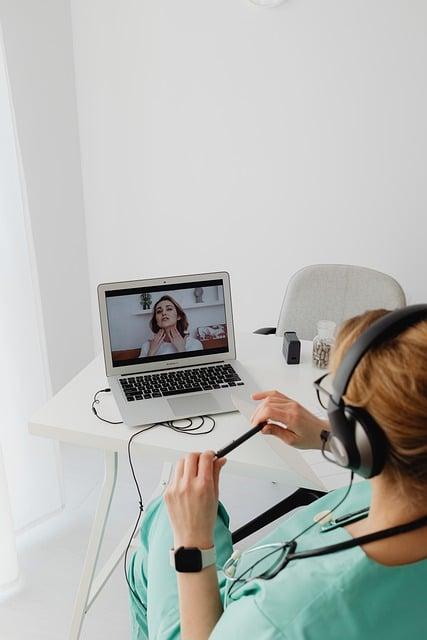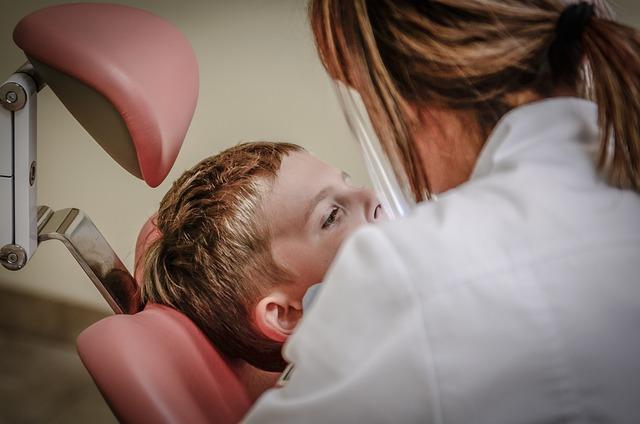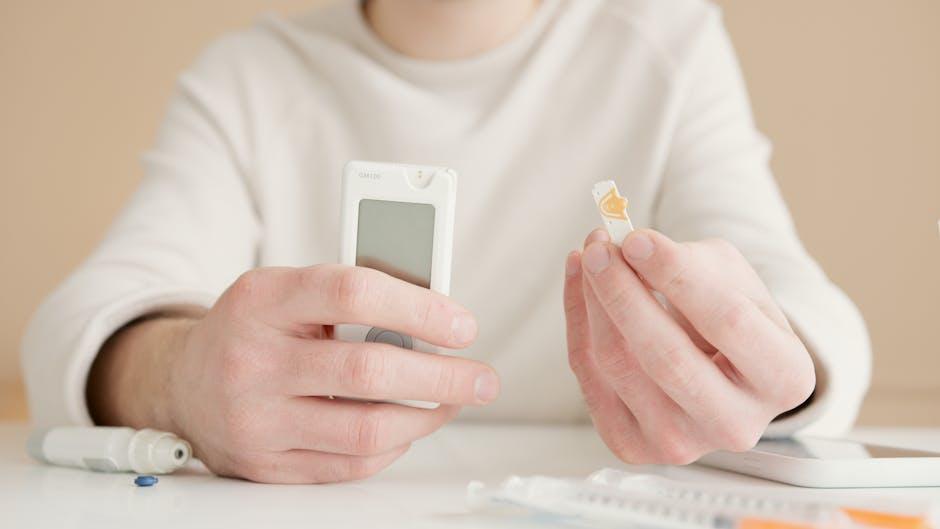In the digital age, the future of healthcare is evolving at a rapid pace, with telemedicine emerging as a powerful tool for enhancing remote patient care. With advancements in technology and an increasing demand for convenient healthcare options, telemedicine has become an essential part of modern medicine. In this article, we will explore the best practices for implementing telemedicine to improve patient outcomes and provide quality care from a distance.
Telemedicine Best Practices for Effective Communication with Patients
In today’s ever-evolving healthcare landscape, telemedicine has become an essential tool for providing remote patient care. Effective communication with patients is crucial for ensuring positive health outcomes in telemedicine interactions. Here are some best practices to enhance communication with patients during telemedicine appointments:
<ul style="list-style-type: none;">
<li><strong>Establishing a Personal Connection:</strong> Begin by introducing yourself and establishing rapport with the patient. Take the time to inquire about their well-being and actively listen to their concerns.</li>
<li><strong>Clear and Concise Communication:</strong> Use plain language and avoid medical jargon to ensure that the patient understands the information being discussed. Encourage them to ask questions and clarify any uncertainties.</li>
<li><strong>Utilizing Visual Aids:</strong> Incorporate visual aids such as diagrams, videos, or images to help explain complex medical concepts more clearly. This can enhance patient understanding and engagement during the appointment.</li>
</ul>
<table class="wp-block-table">
<tbody>
<tr>
<td><strong>Practice</strong></td>
<td><strong>Benefits</strong></td>
</tr>
<tr>
<td>Active Listening</td>
<td>Builds trust and strengthens patient-provider relationship.</td>
</tr>
<tr>
<td>Empathy</td>
<td>Shows understanding and compassion towards the patient's needs.</td>
</tr>
<tr>
<td>Follow-Up</td>
<td>Ensures continuity of care and addresses any lingering concerns.</td>
</tr>
</tbody>
</table>
Implementing Proper Telehealth Technology for Efficient Remote Care
With the rise of telehealth services, it is essential for healthcare providers to implement proper technology to ensure efficient remote care for patients. By utilizing the right systems and tools, healthcare professionals can deliver high-quality care to individuals from the comfort of their own homes. From video conferencing platforms to remote monitoring devices, there are various telehealth technologies that can enhance the patient experience and improve health outcomes.
One key component of implementing proper telehealth technology is ensuring that it is user-friendly for both healthcare providers and patients. This includes selecting platforms that are easy to navigate, offer secure communication, and provide seamless integration with electronic health records. By prioritizing user experience, healthcare providers can streamline the telehealth process and make remote care more accessible for individuals of all ages and technological backgrounds.
Furthermore, healthcare providers should regularly assess and update their telehealth technology to keep up with advancements in the field. This may involve investing in new tools, upgrading software, or training staff on the latest telehealth practices. By staying current with telemedicine best practices, healthcare providers can continue to enhance remote patient care and adapt to the ever-evolving landscape of virtual healthcare.

Ensuring Patient Privacy and Data Security in Telemedicine Practices
As telemedicine continues to grow in popularity, it’s crucial for healthcare providers to prioritize patient privacy and data security in their remote practices. Safeguarding sensitive information is essential to building trust with patients and complying with regulations. By implementing strong protocols and technologies, providers can ensure that patient data remains protected throughout the telemedicine process.
One way to enhance patient privacy in telemedicine practices is by utilizing secure communication platforms that offer end-to-end encryption. This ensures that sensitive information shared during virtual appointments is not vulnerable to interception. Providers should also establish strict authentication processes to verify the identity of both patients and healthcare professionals before discussing confidential medical details. Training staff on best practices for handling patient data can further strengthen security measures.
In addition to encryption and authentication measures, healthcare providers should regularly conduct risk assessments to identify potential vulnerabilities in their telemedicine practices. By staying informed on the latest cybersecurity threats and implementing necessary updates to software and systems, providers can stay ahead of potential breaches. Establishing clear policies for data access and storage, as well as providing ongoing training on privacy practices, can help maintain a secure telemedicine environment for both patients and providers.

Strategies for Remote Monitoring and Follow-Up Care in Telehealth Services
Enhance the efficiency and effectiveness of remote patient care through the implementation of tailored strategies in telehealth services. By utilizing innovative approaches, healthcare providers can ensure seamless monitoring and follow-up for patients, regardless of their location.
**Key Strategies:**
– Utilize remote monitoring devices to gather real-time data on patients’ health metrics.
– Implement secure communication platforms for virtual consultations and follow-up appointments.
– Develop personalized care plans based on individual patient needs and preferences.
- Offer patient education resources for self-management and proactive health monitoring.
– Establish clear protocols for escalation of care in case of emergencies.
| Benefits of Remote Monitoring: |
|---|
| 1. Improved patient engagement and compliance. |
| 2. Early detection of health issues for timely intervention. |
| 3. Reduced healthcare costs and hospital readmissions. |
In conclusion, utilizing telemedicine best practices can greatly enhance remote patient care and improve the overall healthcare experience for both patients and providers. By following the guidelines laid out in this article, healthcare professionals can ensure they are providing the highest quality care to their patients, even from a distance. As technology continues to advance, the possibilities for telemedicine are endless, and it is important for healthcare providers to stay up to date on the latest best practices to effectively navigate this evolving landscape. With the right approach, telemedicine has the potential to revolutionize the way healthcare is delivered, making quality care more accessible and convenient for patients around the world.
